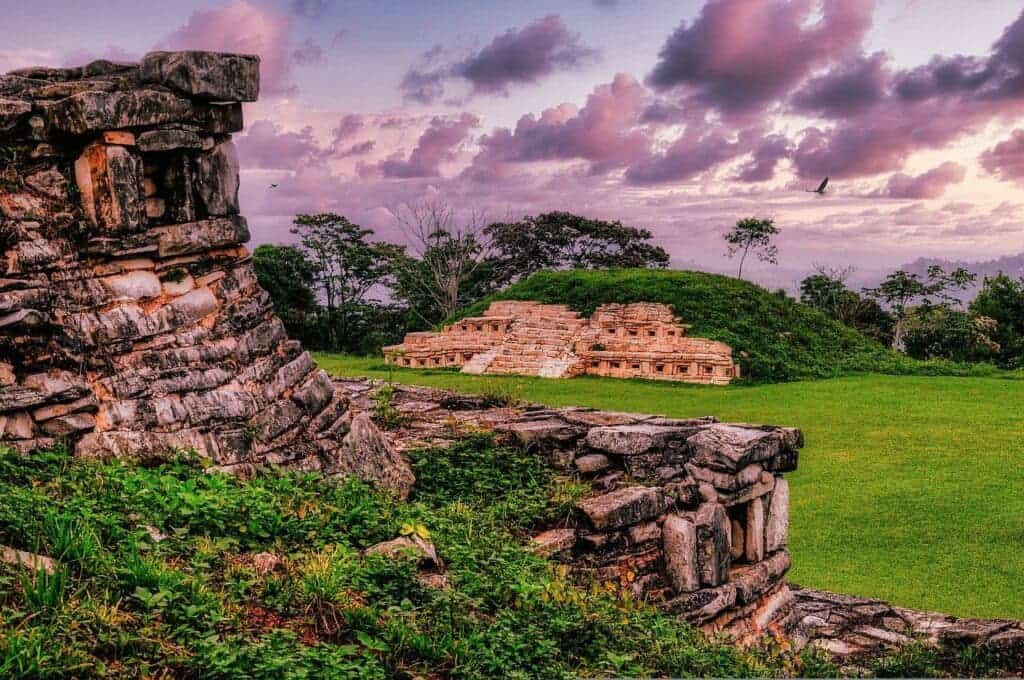The Mayan Empire’s collapse was driven in large part by environmental factors and the unrest they caused, new research explains.

During its twilight years, the Maya were facing population decline and civil conflict against a backdrop of issues such as growing political rivalries, the dissolution of its founding institutions, the abandonment of their once-mighty cities, and troubling waves of violence. A new paper shows that these issues were deeply rooted in a lengthy drought that was occurring at the time and plaguing the Mayan Empire.
Work such as this underlines how important ecological factors can be for the health of societies, as the former can have a significant effect on food security. In today’s changing climate, findings such as these underscore the link between political reality and the environment.
Empty tables, full streets
“We found complex relationships between climate change and societal stability/instability on the regional level,” explained professor Douglas Kennett of the University of California, Santa Barbara, lead author of the paper. “Drought-induced civil conflict had a devastating local impact on the integrity of Mayapan’s state institutions that were designed to keep social order. However, the fragmentation of populations at Mayapan resulted in population and societal reorganization that was highly resilient for a hundred years until the Spanish arrived on the shores of the Yucatan.”
The study focused on an extended period of turmoil in the prehistoric city of Mayapan of the Mayan Empire, situated in the Yucatan region of today’s Mexico. Between 1400 and 1450 CE, the city was marred by population decline, often-violent political rivalries, and generalized civil conflict. It all came to a head during a severe drought between 1441 and 1461 CE, when the traditional institutions that ensured social order in the city collapsed, and Mayapan was completely abandoned.
The team behind this study includes researchers in the fields of archeology, history, geography, and earth science, who pooled their expertise together to investigate this dramatic period of Maya history. Their work “highlights the importance of understanding the complex relationships between natural and social systems, especially when evaluating the role of climate change in exacerbating internal political tensions and factionalism in areas where drought leads to food insecurity”, they explain, by showcasing how the drought contributed to the rise in civil conflict and ultimately civil violence in Mayapan.
For the study, the team examined archeological and historical data from Mayapan including isotope records, radiocarbon data, and human DNA sequences to document the events that happened between 1400 and 1450 CE. This dataset was supplemented by regional sources of climatic data and a local record of drought from caves beneath the city.
The main source of Mayapan’s issues stemmed from the city’s reliance on rain-fed maize crops together with the lack of any centralized, long-term grain storage, lack of adequate irrigation, and a sociopolitical system of elite families with competing interests. This setup allowed long-term climate-related hardships to ignite tensions inherent in the Mayapan society, whose political factors ultimately led to violence occurring in the city multiple times.
“Existing factional tensions that developed between rival groups were a key societal vulnerability in the context of extended droughts during this interval,” Kennett said. “Pain, suffering, and death resulted from institutional instabilities at Mayapan and the population fragmented and moved back to their homelands elsewhere in the region.”
Despite the events in Mayapan, other smaller Maya states proved to be resilient to the same set of issues. This came, in part, from people migrating across the regions to those towns that were still thriving. Although they were contending with their own issues — the sudden decentralization of political and administrative life, previously hosted at Mayapan and disruptions to trade, for example — these smaller states managed to stay standing into the early 16th century.
The wide array of outcomes in local communities faced with the drought showcases how different human responses can leave certain areas vulnerable or resilient to the same environmental pressures. This tidbit of information is especially important in today’s world, the authors add.
“Our study demonstrates that the convergence of information from multiple scientific disciplines helps us explore big and highly relevant questions,” Kennett said, “like the potential impact of climate change on society and other questions with enormous social implications.
“Climate change worries me, particularly here in the western U.S., but it is really the complexities of societal change in response to climatic perturbations that worry me the most,” he added. “The archaeological and historical records provide lessons from the past, and we also have so much more information about our Earth’s climate and the potential vulnerabilities in our own sociopolitical systems.”
The paper “Drought-Induced Civil Conflict Among the Ancient Maya” has been published in the journal Nature Communications.


